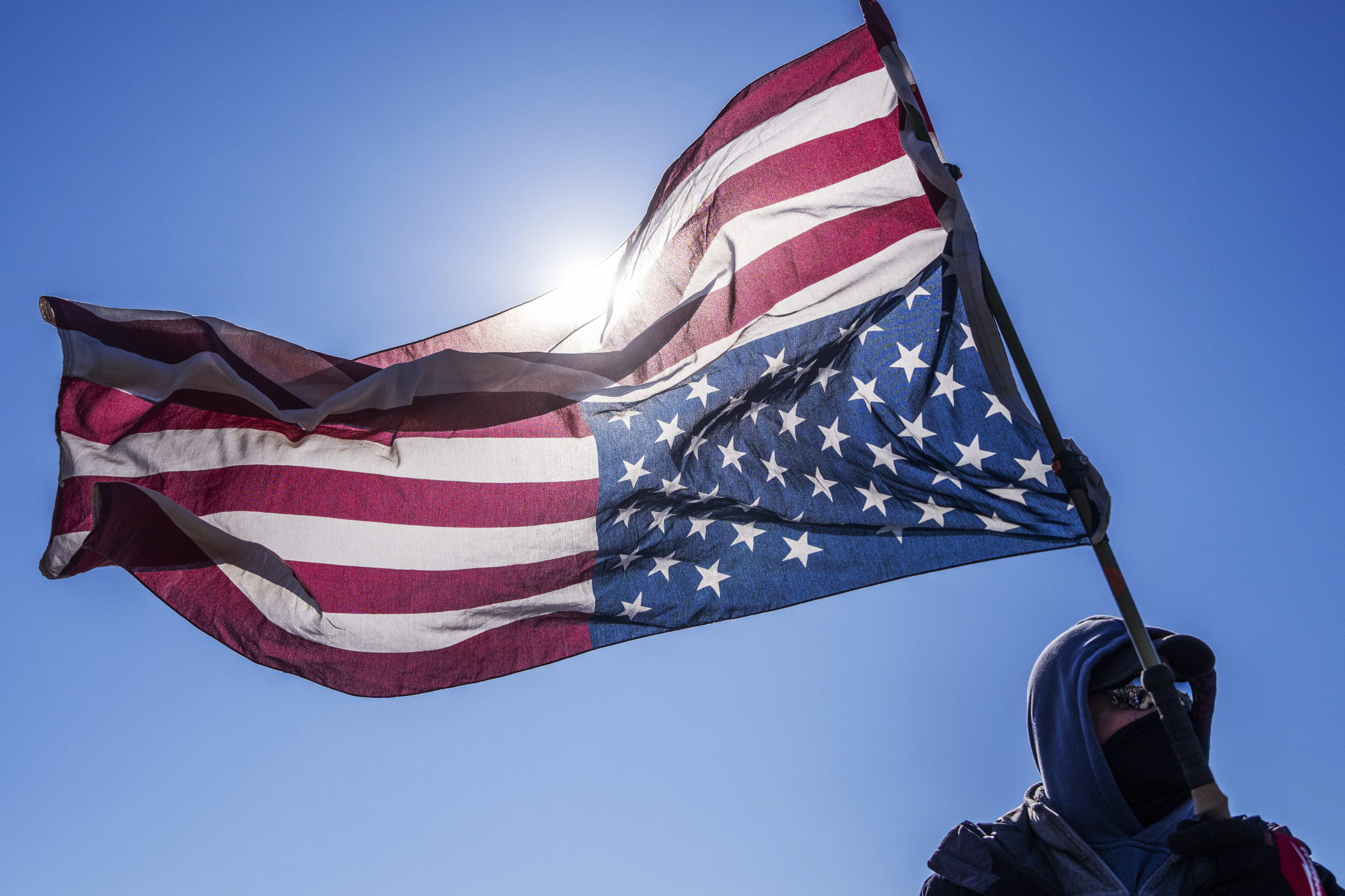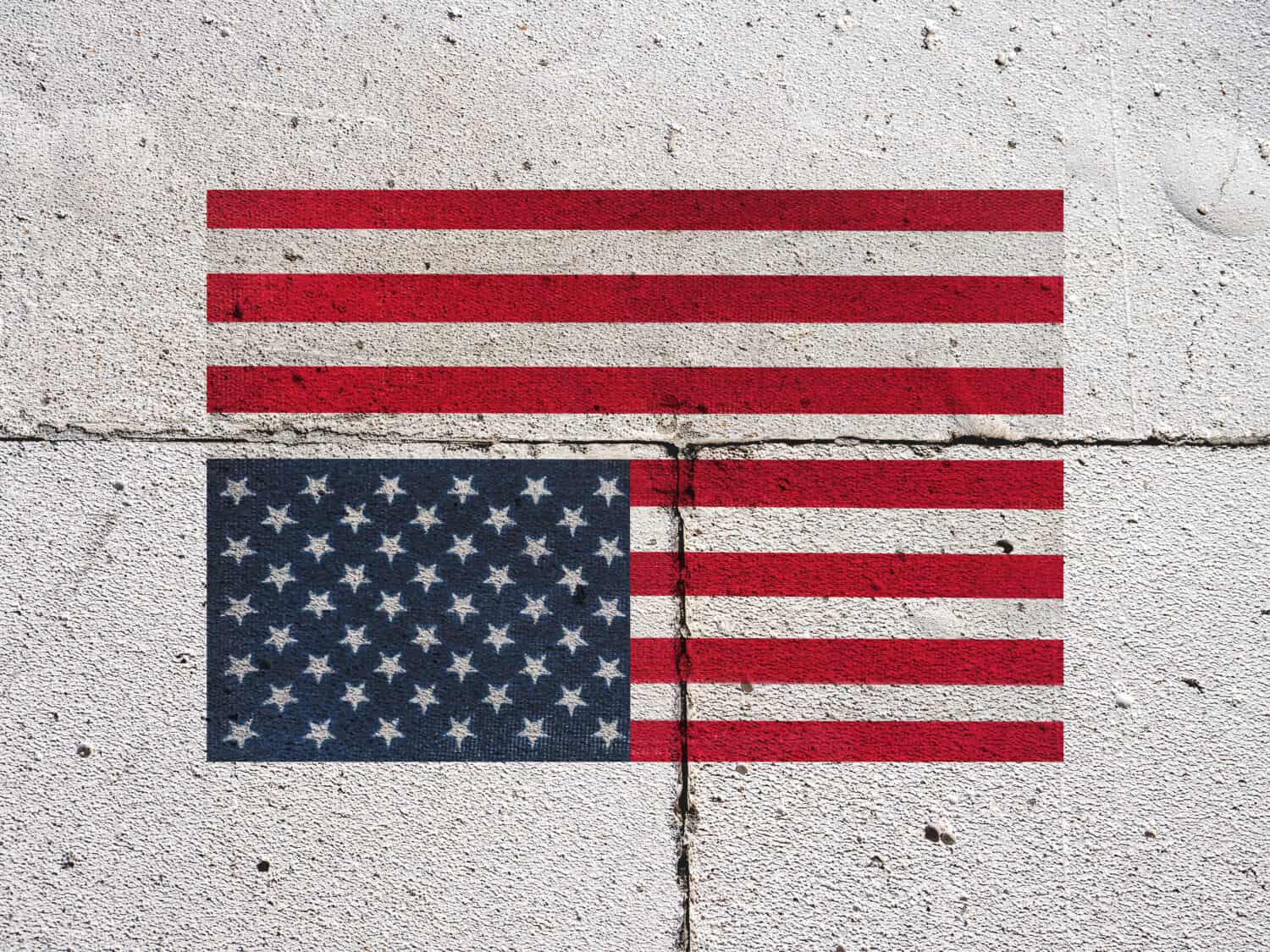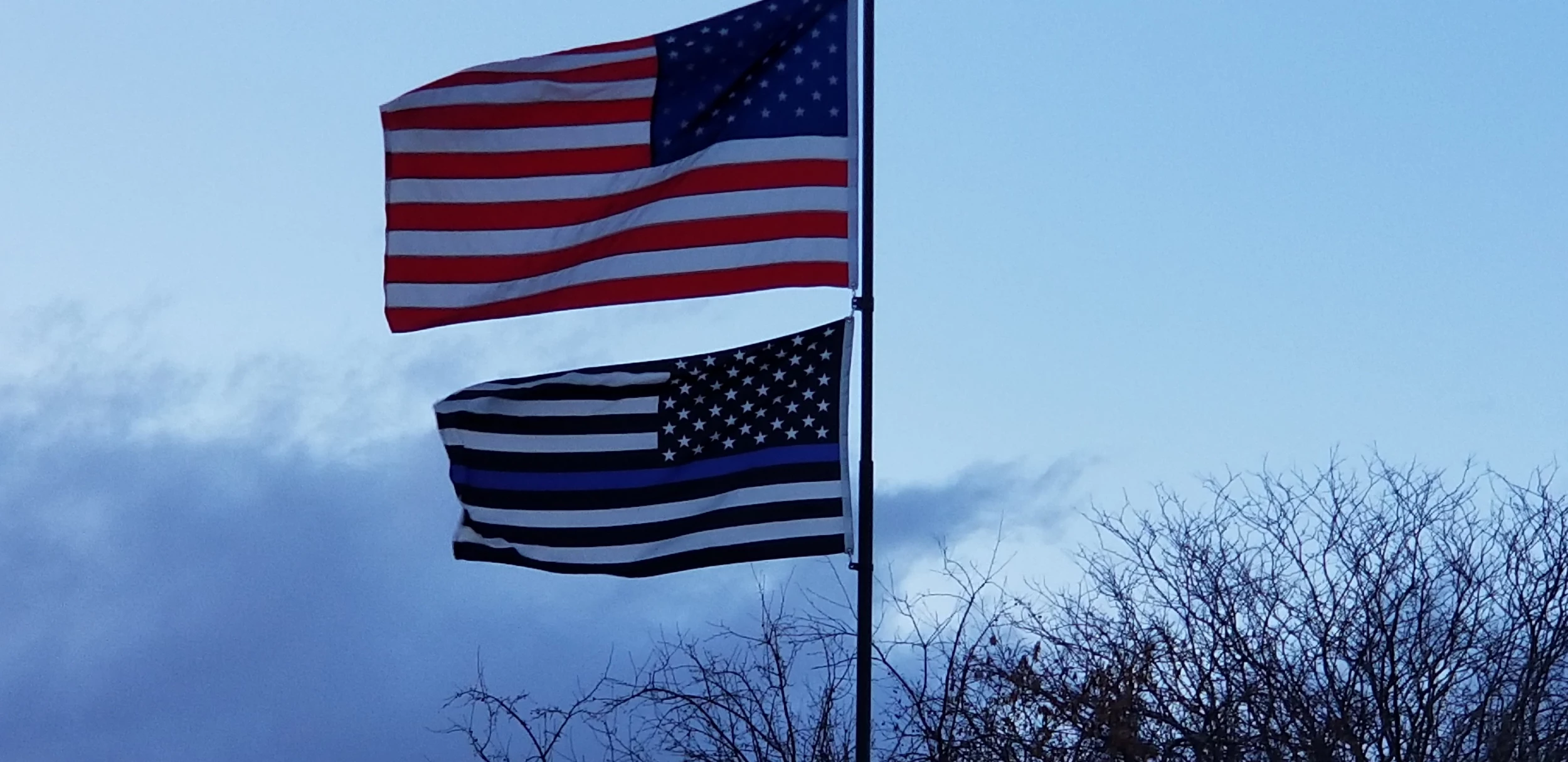Unveiling The Upside Down Flag Meaning: Distress, Protest, And Patriotism
The sight of an American flag flying upside down can be jarring, often sparking immediate questions and strong reactions. While traditionally understood as a universal signal of dire distress, the upside down flag meaning has evolved significantly, now encompassing a powerful form of political protest and personal anguish. This seemingly simple act carries layers of historical context, legal interpretations, and profound societal implications, making it one of the most debated symbols in the United States today.
From its origins as a maritime SOS to its contemporary use in high-profile political demonstrations, the inverted American flag serves as a potent visual statement. Understanding its multifaceted symbolism requires delving into the U.S. Flag Code, examining landmark Supreme Court decisions, and exploring the diverse reasons why individuals and groups choose to display it in this unconventional manner. This article will unpack the complex narrative behind the upside down flag, shedding light on its past, present, and the ongoing controversies it ignites.
Table of Contents
- The Core Meaning: A Signal of Dire Distress
- Beyond Distress: The Evolution into Political Protest
- The First Amendment and Flag Display
- The U.S. Flag Code: Guidelines and Interpretations
- Modern Manifestations: When and Why People Invert the Flag
- Debates and Controversies Surrounding the Inverted Flag
- Understanding the Nuances of the Upside Down Flag Meaning
The Core Meaning: A Signal of Dire Distress
At its most fundamental and universally recognized level, flying a flag upside down is a signal of dire distress. This interpretation is enshrined in the U.S. Flag Code, a comprehensive set of guidelines that dictates the appearance and display of the U.S. flag. Specifically, the Flag Code only authorizes the use of an upside down flag as "a signal of dire distress in instances of extreme danger to life or property." This is not merely a suggestion but a codified instruction for emergency situations.
The practice itself has deep historical roots, particularly in maritime tradition. Nick Garren, an expert on flag history, has noted that the practice of flying flags upside down originated with ships in distress. When a vessel was in peril – perhaps sinking, under attack, or experiencing a catastrophic failure – inverting its national flag was a universally understood plea for help. During wartime, sailors used national flags to distinguish friend from foe, as well as foreign or pirate ships. An inverted flag cut through the visual noise, making it easier to identify ships in urgent need of assistance. This practical application cemented the upside down flag meaning as an unambiguous cry for aid, a last resort when all other forms of communication might fail.
Therefore, when someone displays the American flag in this manner, the primary, traditional interpretation is that they or their property are in immediate, life-threatening danger. It's a call for intervention, a desperate plea for rescue or assistance. This traditional understanding is crucial because it forms the bedrock upon which all other, more modern interpretations are built and often debated.
Beyond Distress: The Evolution into Political Protest
While the original intent of an inverted flag was purely for distress, its symbolism has expanded significantly over time. Today, flying an American flag upside down is widely recognized not only as a distress signal but also as a potent form of political protest. This evolution reflects a growing trend where traditional symbols are repurposed to convey new, often critical, messages about the state of the nation or specific government actions. People now learn when and why people fly the American flag upside down as a sign of distress, protest, or even personal anguish over national events.
The transition from a signal of physical danger to a statement of national or political distress highlights a profound shift in how citizens engage with their national symbols. When the flag is flown upside down in protest, it signifies that the individual or group believes the nation itself is in a state of crisis, facing extreme danger not necessarily to life or property in a literal sense, but to its core values, principles, or democratic institutions. This display indicates distress at a national level, suggesting that something is fundamentally amiss with the country's direction or governance. The upside down flag meaning, in this context, becomes a powerful, non-verbal declaration of profound dissatisfaction and alarm.
Historical Roots of Protest
The notion of flying a flag upside down in protest is not a new phenomenon; it appears to date back at least 50 years, if not longer, in American history. One of the earliest documented instances of the upside down flag being used as a symbol of rebellion occurred during the Civil War, when Confederate forces occasionally flew the U.S. flag upside down. This act served as a clear symbol of their defiance against the Union, signaling their belief that the nation was in a state of severe internal conflict and that the existing order was in distress.
Fast forward to the late 20th century, and the practice gained more prominence as a form of dissent. The Vietnam War era, in particular, saw various forms of protest involving the American flag, including its inversion. This period cemented the flag's use as a canvas for political expression, challenging traditional notions of patriotism and respect for national symbols. These historical examples demonstrate that the upside down flag's symbolism isn't new; it has represented various causes and sentiments over the country's history, reflecting deep-seated concerns during times of national turmoil. The evolution of the upside down flag meaning from a literal call for help to a metaphorical cry for change is a testament to its enduring power as a symbol of profound discontent.
The First Amendment and Flag Display
The use of the American flag, particularly in ways that some might deem disrespectful, often brings the discussion back to the First Amendment of the U.S. Constitution. The First Amendment is a constitutional guarantee in the U.S., protecting freedom of speech, religion, press, assembly, and petition. This fundamental right plays a crucial role in understanding why individuals are permitted to display the flag upside down, even if it goes against the U.S. Flag Code's guidelines for respectful display.
A landmark case that solidified this protection was *Spence v. Washington* (1974). In this case, the Supreme Court upheld the right of a student to display a U.S. flag upside down from his dorm room with a black peace sign taped on it. The student was protesting the Kent State shootings and the U.S. invasion of Cambodia. The Court ruled that his actions constituted symbolic speech protected by the First Amendment. This decision established a critical precedent: while the U.S. Flag Code outlines how the flag *should* be displayed, it does not carry criminal penalties for most violations, especially when the display is intended as a form of political expression.
This legal perspective is vital because it frames the upside down flag meaning not just as an act of protest but as an exercise of a fundamental constitutional right. It highlights the tension between respecting a national symbol and upholding the freedom of individuals to express dissent, even if that dissent is conveyed through unconventional or controversial means. The First Amendment ensures that the flag remains a powerful tool for communication, capable of conveying both reverence and profound criticism, without fear of government censorship or punishment for symbolic acts.
The U.S. Flag Code: Guidelines and Interpretations
The U.S. Flag Code, formally known as Title 4, Chapter 1 of the United States Code, is a sweeping set of guidelines that dictates the appearance and display of the U.S. flag. It covers everything from how the flag should be folded and saluted to when and where it should be flown. As previously mentioned, the Code explicitly states that the flag should only be flown upside down as "a signal of dire distress in instances of extreme danger to life or property." This is the sole authorized exception to the general rule that the flag should always be displayed right-side up.
Given this clear directive, flying the American flag upside down for reasons other than immediate, physical distress technically violates the U.S. Flag Code. However, it's crucial to understand that the Flag Code is largely advisory and not legally enforceable with criminal penalties for most of its provisions. While federal law does prohibit certain acts like defacing the flag (e.g., burning it in protest), the Supreme Court's interpretation of the First Amendment has consistently protected symbolic speech, including acts that might otherwise be considered violations of the Flag Code, as long as they are not done with intent to incite violence or are not actual destruction of property.
This distinction is key to understanding the ongoing debate surrounding the upside down flag meaning. For many, especially those who view the flag with utmost reverence, any deviation from the Flag Code's prescribed display is seen as disrespectful, even unpatriotic. They argue that the flag represents the nation's unity and sacrifices, and its inversion trivializes these values. For others, particularly those exercising their right to protest, the Flag Code's advisory nature allows them to use the flag as a tool for expression, believing that their act of inversion is a patriotic call to address what they perceive as a national crisis, rather than an act of disrespect. This difference in interpretation fuels much of the controversy surrounding the inverted flag's display.
Modern Manifestations: When and Why People Invert the Flag
In contemporary America, the upside down flag has become a highly visible and often polarizing symbol, employed in a variety of contexts to express profound discontent. People now frequently fly the American flag upside down as a sign of distress, protest, or deep personal distress over national events. Its most visible recent uses have emerged during periods of significant political and social upheaval, highlighting a sense of national emergency or perceived betrayal of foundational principles.
One prominent example of its modern use can be seen in the aftermath of the Supreme Court's decision to overturn *Roe v. Wade*. Hundreds of protesters took to the street to protest against the court's decision, and many displayed inverted flags, signaling their belief that the nation's fundamental rights were under attack and that the country was in a state of moral or constitutional crisis. Similarly, following the January 6 insurrection at the U.S. Capitol, the inverted flag appeared in various locations, including, as the New York Times reported, at the home of a U.S. Supreme Court justice. This particular incident sparked widespread debate, underscoring how the symbol is now connected with high-stakes political narratives, including those tied to false claims that the 2020 election was stolen, further polarizing its interpretation.
Beyond these high-profile events, the inverted flag is also used by individuals and smaller groups to express a general sense of unease or despair about the country's direction. It can be a visual representation of the feeling that the nation is off course, its values compromised, or its future imperiled. This broad application means that the upside down flag meaning is highly contextual, reflecting the specific grievances and concerns of those who choose to display it.
Personal and National Distress
While the Flag Code refers to "dire distress in instances of extreme danger to life or property," the modern interpretation of the inverted flag often extends this to encompass a more metaphorical, yet equally profound, sense of distress at a national level. When individuals display the flag upside down, they are often suggesting that something is amiss not just in their personal lives, but with the very fabric of the nation itself. This can manifest as a deep concern over perceived threats to democracy, civil liberties, economic stability, or social justice.
For some, the act is a deeply personal expression of grief, anger, or fear for the country's future. It's a way to visually articulate a feeling of helplessness or alarm when they believe traditional avenues for change have failed. For others, it's a deliberate, public statement, intended to shock and provoke thought, drawing attention to issues they believe are critical and urgent. Whether driven by personal anguish or a collective call to action, the upside down flag serves as a stark visual cue that, for the person displaying it, the United States is in a state of significant trouble, requiring urgent attention and intervention.
Debates and Controversies Surrounding the Inverted Flag
Flying the American flag upside down is a symbol that has sparked intense debate and controversy in the United States. This act often triggers strong emotional responses, dividing public opinion along lines of patriotism, political ideology, and respect for national symbols. The core of the controversy lies in the conflicting interpretations of the upside down flag meaning.
On one side are those who view the inverted flag as an act of profound disrespect, bordering on anti-American sentiment. For them, the flag is a sacred emblem representing the sacrifices of service members, national unity, and the ideals of liberty and justice. To display it upside down, outside of a literal emergency, is seen as an affront to these values and to those who have defended them. They often argue that such displays diminish the flag's dignity and are unpatriotic, regardless of the protester's intent. This perspective often aligns with a strict interpretation of the U.S. Flag Code, emphasizing adherence to its guidelines as a sign of reverence.
On the other side are those who argue that displaying the flag upside down, when done as a form of protest, is itself a deeply patriotic act. They contend that it signals a love for the country so profound that one is willing to highlight its perceived failures or dangers, precisely because they want the nation to live up to its ideals. For these individuals, the upside down flag meaning is a cry for help for the nation, a desperate plea to correct course when they believe fundamental principles are being eroded. They often invoke their First Amendment rights, asserting that freedom of speech, even controversial symbolic speech, is a cornerstone of American democracy. The debate is further complicated when the symbol is connected with false claims or highly divisive political narratives, as seen with some displays related to the 2020 election, which can deepen societal rifts and misinterpretations of intent.
Understanding the Nuances of the Upside Down Flag Meaning
The complexity of the upside down flag meaning lies in its dual nature: it is simultaneously a traditional signal of extreme physical danger and a powerful, modern symbol of political and national distress. To truly understand this symbol, one must appreciate the layers of history, legal precedent, and deeply held personal beliefs that inform its display and interpretation. It's not a monolithic symbol with a single, universally accepted meaning, but rather a dynamic one whose significance shifts with context and intent.
When encountering an inverted flag, it is essential to consider the circumstances. Is it a genuine emergency? Or is it a deliberate act of protest? The latter, while often controversial and upsetting to some, is a recognized form of expression protected by the First Amendment. It reflects a citizen's right to voice profound concern, even despair, over the state of their nation. This distinction between a literal distress signal and a metaphorical one is crucial for navigating the debates it sparks.
Ultimately, the upside down flag meaning serves as a stark reminder of the robust, sometimes uncomfortable, nature of free speech in a democratic society. It forces us to confront uncomfortable truths about national identity, dissent, and the varying ways in which patriotism can be expressed. Whether one agrees with the message or not, the inverted flag undeniably commands attention, prompting dialogue and reflection on the challenges and perceived crises facing the United States.
Conclusion
The American flag, when flown upside down, carries a weight of meaning that transcends a simple visual anomaly. Traditionally, it stands as an urgent signal of dire distress, a universal cry for help in moments of extreme danger to life or property. Yet, as we have explored, its symbolism has broadened considerably, evolving into a potent and frequently debated form of political protest, signifying a profound sense of national crisis or despair. From its maritime origins to its contemporary use in major political movements, the upside down flag meaning embodies a complex interplay of historical precedent, constitutional rights, and deeply felt public sentiment.
Understanding this symbol requires acknowledging both its traditional purpose as codified in the U.S. Flag Code and its modern interpretation as a form of protected free speech. The debates it ignites underscore the ongoing tension between national reverence and individual dissent, reminding us that even the most cherished symbols can become platforms for critical expression. The inverted flag, therefore, is not merely a display; it is a statement, a question, and often, a powerful call to attention. We encourage you to share your thoughts on this complex symbol in the comments below, or explore other articles on our site that delve into the rich history and evolving interpretations of American symbols.

Upside-Down US Flag Meaning: 'Distress' Signal Seen Flying Across the

Upside Down American Flag: History, Meaning, and Symbolism - AZ Animals

Black American Flag Upside Down